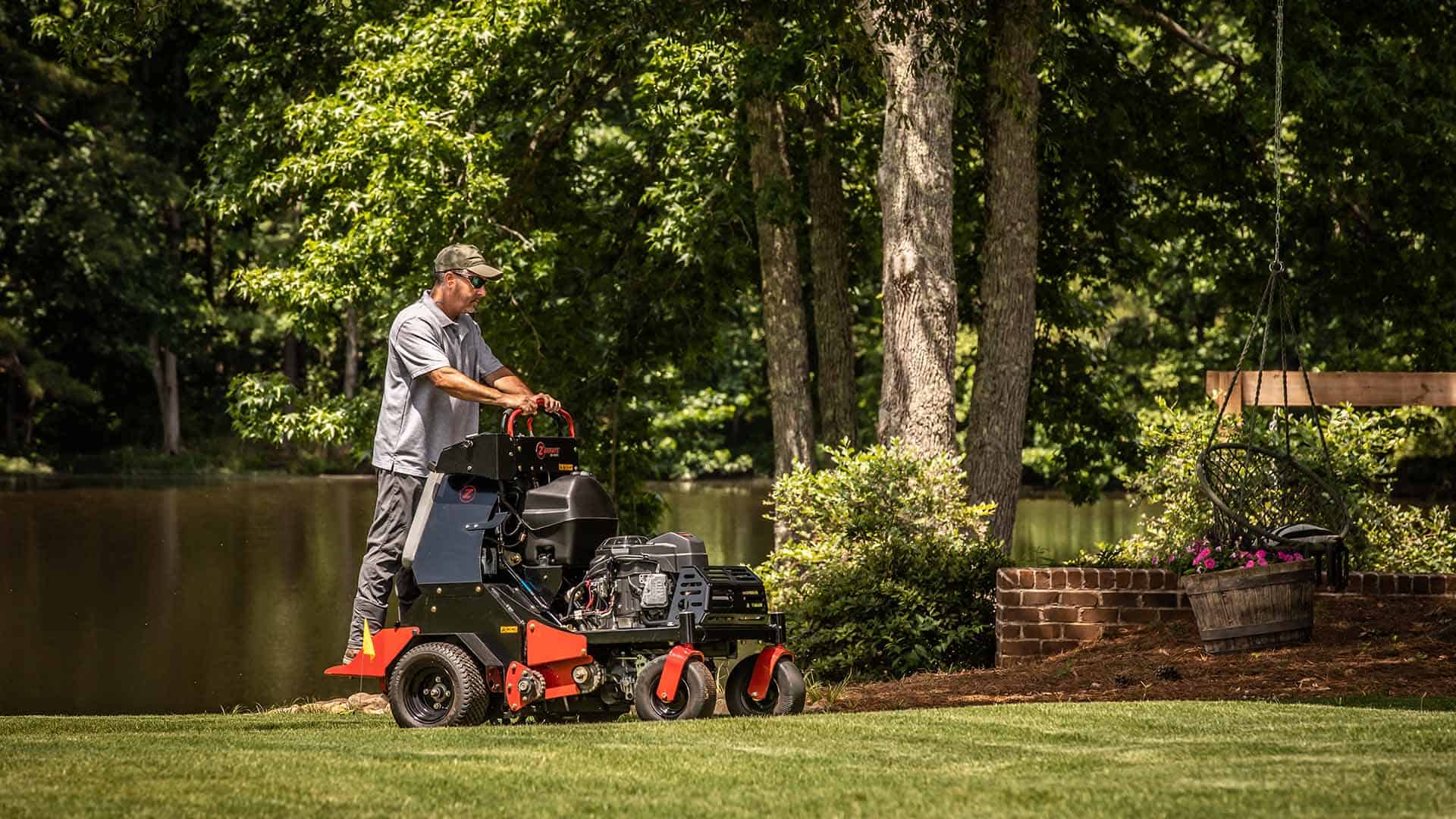Everyone’s always looking for ways to help reinvent their outdoor spaces. That’s where a DIY garden trellis comes in handy! This versatile build provides a great space to let vining plants grow, creates some shade from the harsh summer sun, and helps redefine areas of your backyard. So, follow along in this episode of Done-In-A-Weekend Projects and discover how to build your very own DIY garden trellis.
Download the instructions here:
Tools
- Table saw
- Circular saw
- Jig saw
- Orbital sander
- Drill/driver and bits
- Tape Measure
- Pencil
- Sawhorses/worktable
- Eye and ear protection
Materials
- (3) 2 in. x 4 in. x 8 ft. Cedar
- (4) 4 in. x 4 in. x 8 ft. Cedar posts
- (2) 2 in. x 8 in. x 8 ft. Cedar (for the corbels)
- (1) 2 in. x 6 in. x 6 ft. Cedar (side bracket/beam support)
- (2) 2 in. x 6 in. x 10 ft. Cedar beams
- (4) Post Brackets (optional, to attach to wood deck)
- 2 ½ in. Deck Screws
- 1 ¼ in. Deck Screws
- Wood Stain
- Wood Sealer
- Wood Glue
Parts Preparation
- Rip and Cut Trellis Pieces—Rip the 2 in. x 4 in. x 8 ft. pieces down to 1 ½ in. x 1 ½ in. x 8 ft. on the table saw for the top trellis pieces. Then, rip the boards being used to make the 1 in. x 1 ½ in. x 60 in. long middle trellis boards, 1 in. x 1 ½ in. x 48 in. short side trellis boards, and 1 in. x 1 ½ in. x 16 in. trellis brackets down to thinner 1 in. widths. Then cut all pieces to length according to the dimensions and cut list.
Cut List
Sides—Make the following cuts with the 4 in. x 4 in. x 8 ft. posts, ripped 2 in. x 4 in. x 8 ft. boards, and 2 in. x 6 in. x 6 ft. board:
- (4) 3 ½ in. x 3 ½ in. x 96 in. posts
- (2) 1 in. x 1 ½ in. x 60 in. long middle trellis boards
- (4) 1 in. x 1 ½ in. x 48 in. short side trellis boards
- (4) 1 in. x 1 ½ in. x 16 in. trellis brackets
- (2) 1 ½ in. x 5 ½ in. x 36 in. top side brackets
Top Trellis and Corbels—Make the following cuts with the 2 in. x 6 in. x 10 ft. boards, ripped 2 in. x 4 in. x 8 ft. boards, and 2 in. x 8 in. x 8 ft. boards:
- (2) 1 ½ in. x 5 ½ in. x 120 in. beams (with shaped ends, see step 2a in build plans for details)
- (11) 1 ½ in. x 1 ½ in. x 24 in. top trellis boards
- (4) 1 ¼ in. x 7 ½ in. x 32 in. corbels (see step 4 in build plans for cut details)
DIY Garden Trellis Build Steps
For the full build steps, open and download the DIY garden trellis build plans PDF to get started.
Download the instructions here:
That’s it! Now all there’s left to do is pick out the perfect area of your yard, and enjoy the shade, sights, and support your brand-new DIY garden trellis has to offer.

